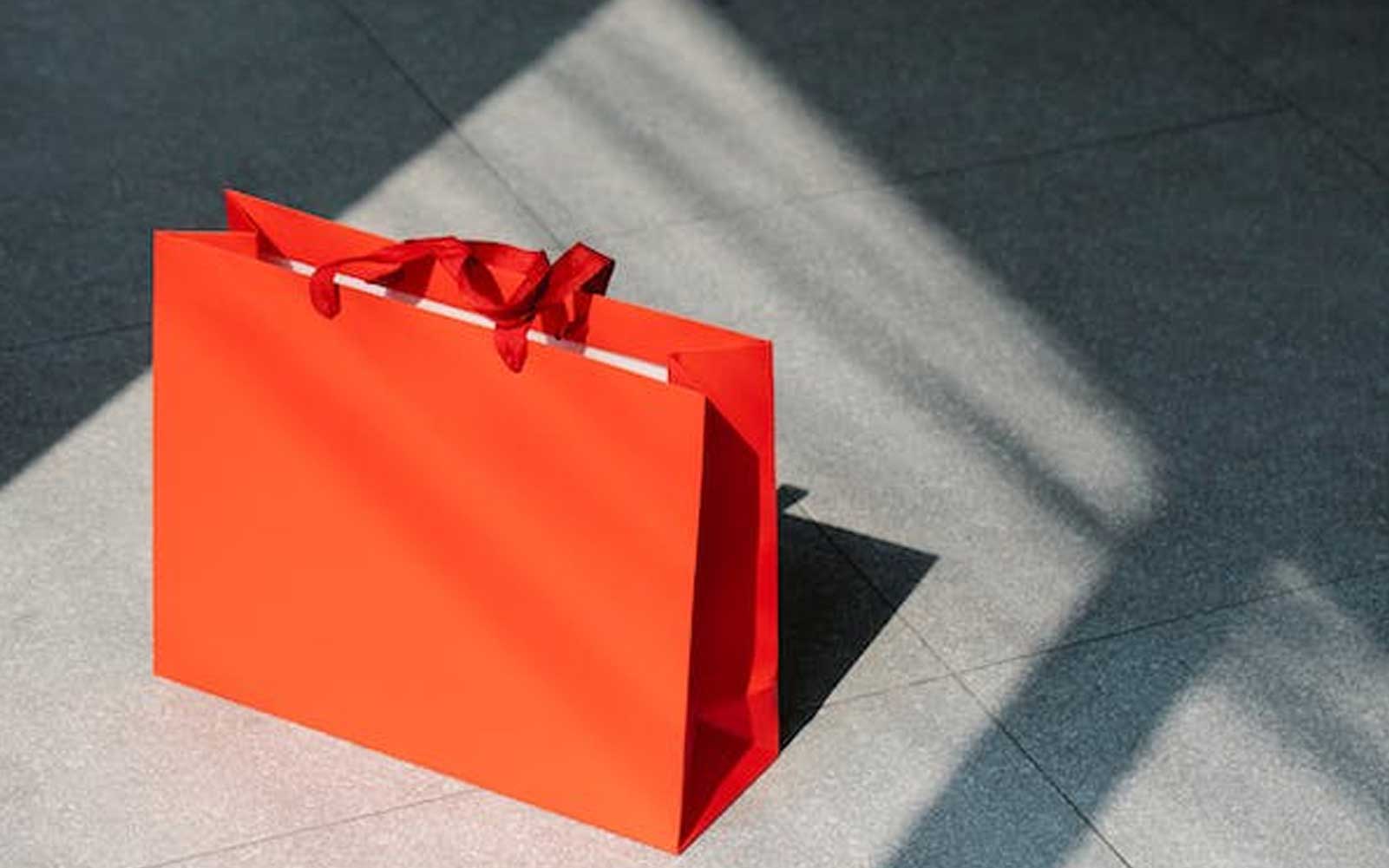
Maybe buying returned goods will be the new craze!
At a time when consumers are becoming more frugal, a new shopping craze is rapidly emerging in the United States. U.S. consumers have been flooding bargain stores across the country to snap up returned items from retailers like Amazon, Walmart, Target and Kohl’s. Often referred to as “Dumpster stores,” “Crazy Dumpsters,” “hot bins,” or “bargain bins,” these stores sell a variety of products that are returned to major retailers. These items range from children’s toys to ipads, toys and accessories for other technologies. Prices are highest on replenishment days, starting at about $10 per item, but fall further over time.
In addition to items with clear price tags, consumers also opt for “mystery bags” – boxes of unspecified items, known as blind boxes – priced as low as $15. The dumpster stores have attracted a large following on TikTok, with some users Posting videos on TikTok showing a sofa they purchased from Walmart in a $50 “mystery tray”; Other users shared items such as night lights, trays and headbands they bought for just $4 each at the Dumpster Store.
It is worth noting that many consumers snap up returned goods and resell them online for a profit. There are already dozens of dumpster stores in the United States that give these returned goods a second life.
The rise of bin stores offers a solution to retailers’ return headaches. With the popularity of online shopping, the number of returned goods is increasing year by year. According to the National Retail Federation (NRF), U.S. consumers returned $816 billion worth of goods last year, or about 16.6 percent of total online sales, essentially unchanged from 16.5 percent in 2021 but up from 10.6 percent in 2020.
However, the high volume of returns presents a number of challenges for retailers. The up-front shipping costs, logistics, handling and repackaging of returned goods all add to the cost burden. In many cases, these costs are borne by retailers themselves. In addition, many returned goods cannot be resold due to transport damage, customization and other reasons, increasing the cost pressure on retailers and causing environmental pollution. To address the issue, about 40 percent of retailers began charging consumers for returns this year. For example, Zara, American Eagle Outfitters and Urban Outfitters all have refund fees of $5 or less.
In order to reduce the losses caused by returns, some retailers have simplified the return process and helped sellers sell returned products a second time. A Target spokesperson has previously said that when returning items that can’t be resold, they work with third-party services to rescue, donate, recycle or reuse the material.
The business model used by dumpster stores allows the value of returned goods to be reused, reducing the pressure on retailers and sellers. This business model not only provides a channel for consumers to buy at a low price, but also solves the problem of returns for sellers and retailers. At the same time, consumers can also buy their favorite products at a lower price, achieving a win-win situation.



